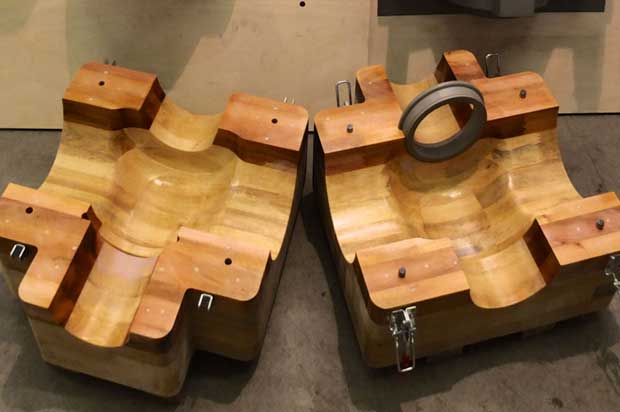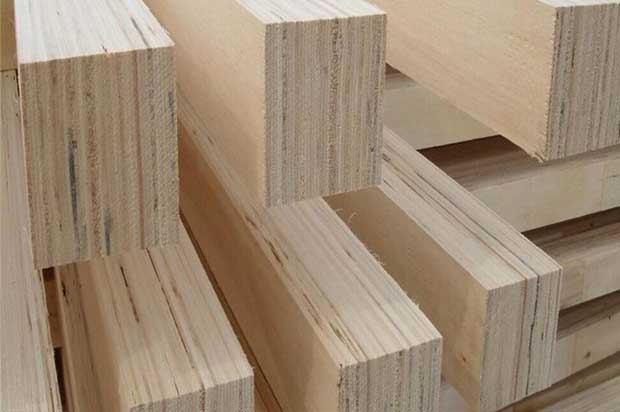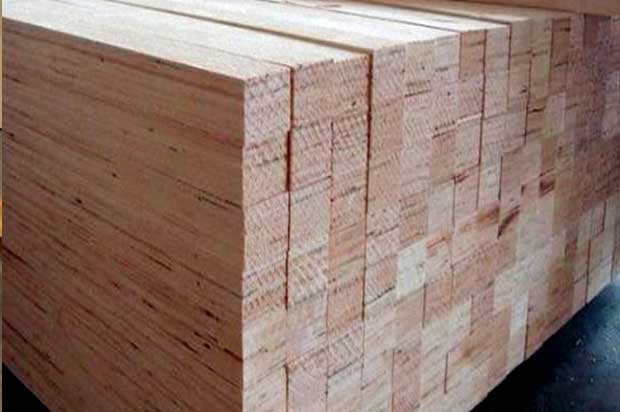Aditya Ply for patterns and Dies is a hardened wear-resistant multi-laminated material in sheet form, it can be used as an alternative to metals particularly for tooling, die-making, jig and mould-making. It is a combination of plastic resins and hardwood manufactured under specific pressure and heat. Owing to its practically non-porous texture, low vibration dampening and high density, it provides a hardness and high mechanical strength comparable to many metals. The use of selected hardwood veneers gives durability, uniformity and replaces expensive metal patterns or synthetic resin patterns.
Advantages of Ply for patterns & Dies
- The main advantage of pattern Die Plywood is its ease in workability and machinability.
- It provides extremely high abrasion resistance, durability, hardness and uniformity.
- It permits extraordinary high number of moulds without requiring repairs, owing to these advantages it is a cost effective replacement for metal patterns, jigs and dies.
- The use of pattern Die Plywood has been proven under the toughest conditions worldwide.
- It is specified for high pressure, vacuum, automotive and jolt squeeze moulding machines manufacturing furniture handles, dies for stamp forging, sheet metal and anti magnetic parts.
- Aditya Ply for Patterns & Dies should be stored in a dry room.
- It is recommended to cover the topmost panel of the stack.
2.5mm, 40mm, 100mm, 125mm
Technical Properties of Ply for patterns & Dies
| PROPERTIES | REF. STANDARD | VALUE |
|---|---|---|
| Density | IS: 1708 (Part-I) - 1986 | 0.9.1 gm/cc |
| Moisture content | IS: 1708 (Part-II) - 1986 | 9% |
| Water absorption in 24 hrs. | AS: 109 Feb. 2002 | 3% max |
| Tensile strength | IS: 1734 (Part-6) 1983 | 600 kg/cm2 |
| Static bending strength Along the grain Across the gain |
IS: 1998 : 1962 | 1300 kg/cm2 700kg/cm2 |
| Compressive strength | IS: 1708 (Part 8-9)1986 | |
| Parallel to laminate | 750kg/cm2 | |
| Perpendicular to laminate | 124kg/cm2 | |
| Hardness | IS: 1586 : 1988 | |
| (Rockwell 'H'Scale) | 60 | |
| Impact Strength | IS: 1998 : 1962 | |
| Parallel to laminate | 60kg/cm2 | |
| Perpendicular to laminate | 30kg/cm2 |



